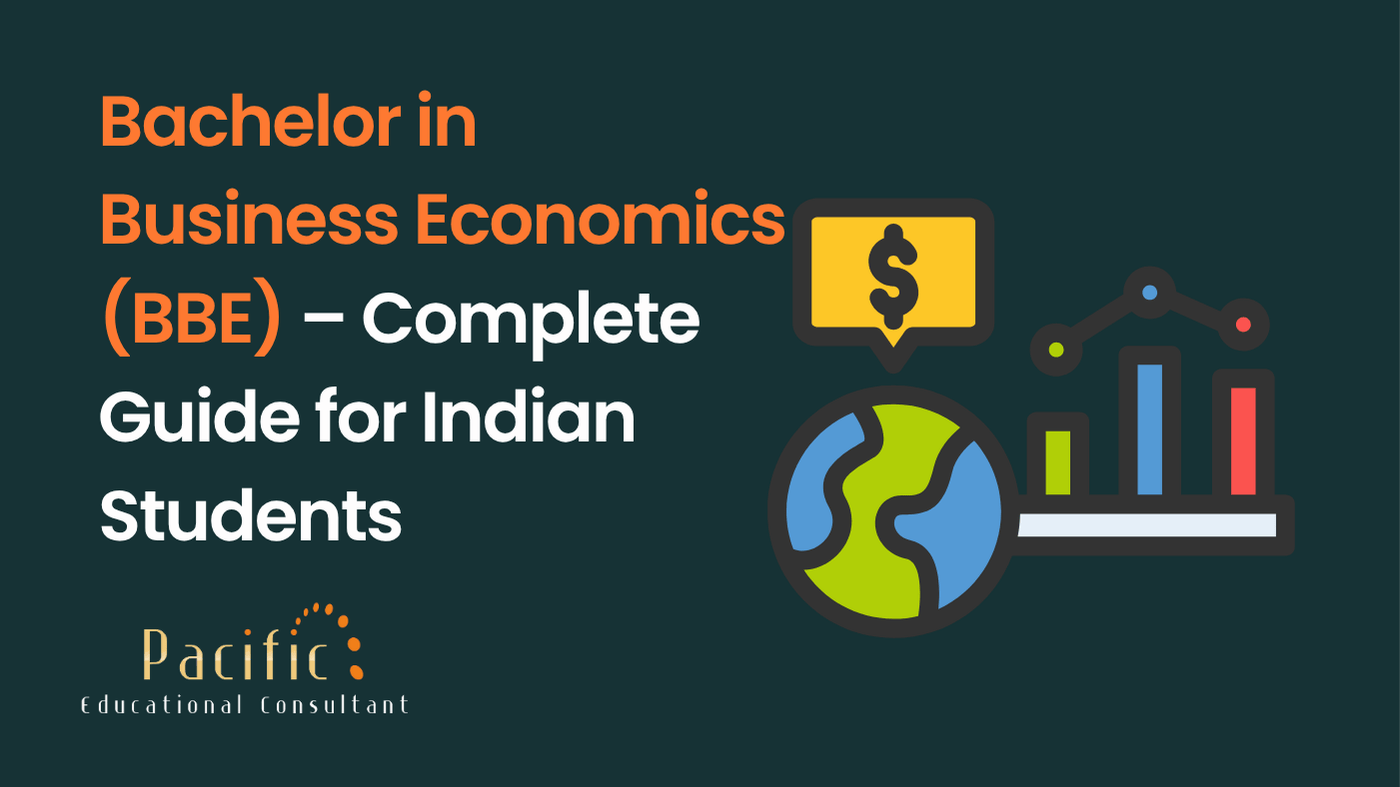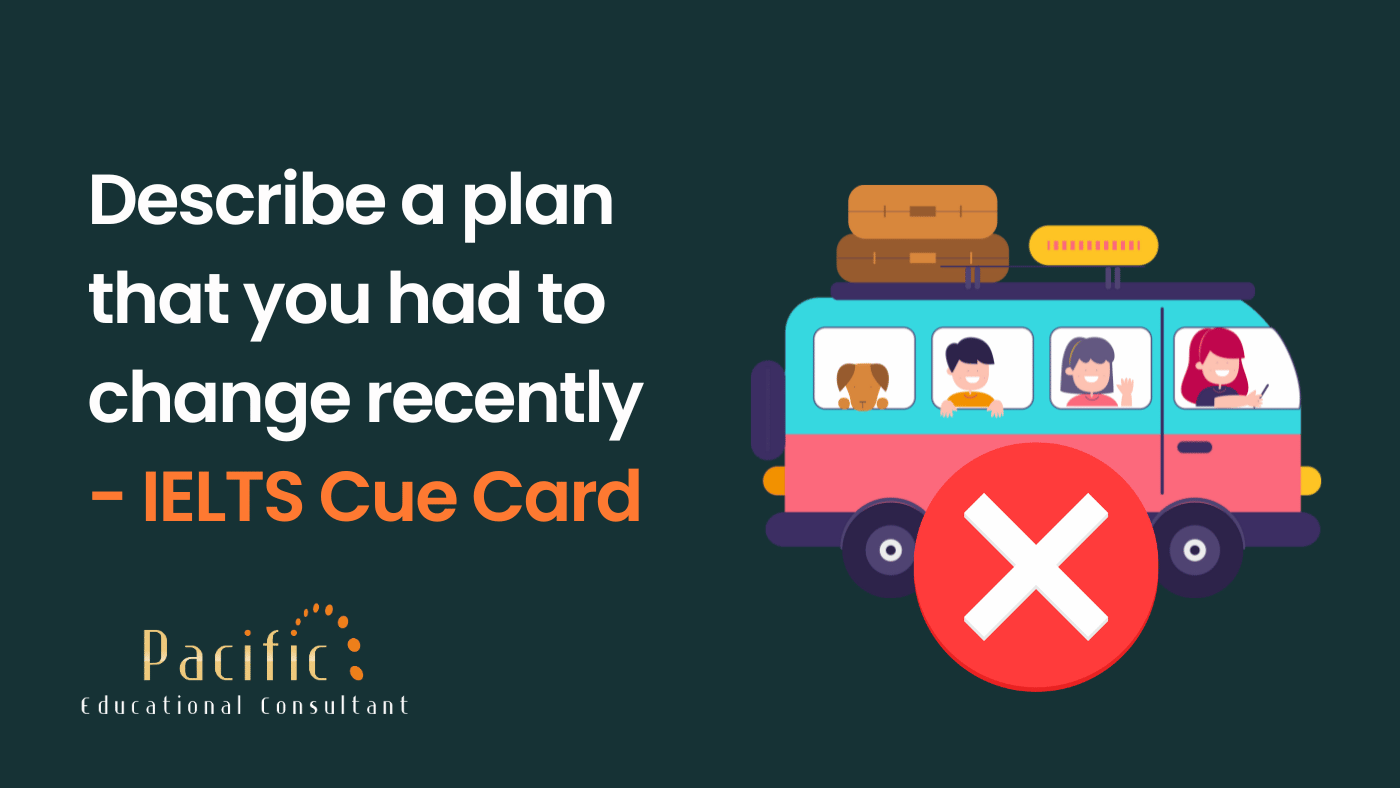


The H-1B visa is a non-immigrant work visa that allows U.S. companies to employ foreign workers in specialty occupations. These roles typically require specialized knowledge and at least a bachelor’s degree — often in fields like IT, engineering, finance, or science.
Tech giants like Google, Amazon, and Microsoft heavily depend on H-1B professionals to fill critical talent gaps. The visa is valid for three years and can be extended to a maximum of six years.
But here’s the twist: with rising debates around immigration reform and job protection for U.S. workers, the visa has frequently been in the political spotlight — and the latest fee hike is a game-changer.
Hold onto your seats — this one’s big.
In a surprising move, former President Donald Trump signed a proclamation introducing a $100,000 annual fee per H-1B worker, starting in 2025. That’s right — companies must now shell out a whopping $100K per year for each sponsored H-1B employee.
For employers: The fee may deter small and mid-sized companies from hiring foreign talent, limiting their access to highly skilled workers.
For workers: The pool of available H-1B jobs may shrink as companies evaluate whether the cost is worth it.
For the tech industry: This could shift the balance, as firms rethink outsourcing and remote hiring to avoid the fee.
The intention? According to the proclamation, the goal is to “protect American workers and restore balance to the high-skill visa system.”
But critics argue it could cripple innovation and drive talent away from the U.S.
The Department of Labor sets a Prevailing Wage requirement to ensure that H-1B workers are not underpaid compared to U.S. counterparts.
The minimum salary for an H-1B worker depends on:
Job role
Experience level
Location
For instance:
Entry-level software engineers in San Francisco may earn a minimum of $85,000 - $100,000
Senior-level roles can cross $140,000+
The new fee might also indirectly push salaries up, as employers may demand greater ROI per hire.
It’s a valid concern. After all, the application process is not only expensive but also highly competitive.
FY 2022: ~97% approval rate
FY 2023: Slight dip due to stricter reviews
FY 2024: Stabilized at around 95%
However, approval doesn’t guarantee selection. There’s also the H-1B lottery, where only 85,000 total visas (65,000 regular + 20,000 for master’s degree holders) are granted annually — while hundreds of thousands apply.
The standard H-1B visa is issued for three years, with a possible extension to six years.
After six years, the employee must leave the U.S. for at least one year before reapplying — unless they’re on track for green card sponsorship.
If the employer starts the green card process before year five, the stay can often be extended beyond six years under AC21 provisions.
So yes, with the right employer and timing, your stay could last well beyond the six-year mark.
Patience is your best friend here.
Lottery results: Announced in March/April
Petition processing: 3 to 6 months for regular filing
Premium Processing: ~15 days (for an extra fee)
Start Date: October 1 (the beginning of the fiscal year)
Note: With the new $100,000 fee, companies may expect faster turnaround or clearer guidelines — though USCIS hasn’t confirmed any such benefit yet.
Absolutely! Your family can join you in the U.S. through the H-4 dependent visa.
Spouse
Children under 21
They can attend school
Some H-4 spouses (if the H-1B holder is pursuing a green card) can apply for work authorization
However, H-4 visa holders cannot work by default — unless they receive an Employment Authorization Document (EAD).
Interesting trivia — and a bit surprising too!
Canada tops the list with one of the highest approval rates for U.S. visas.
Other countries with high H-1B approval rates include:
India (by volume, though scrutiny is higher)
Australia
Germany
Singapore
Applicants from countries with stable political environments, strong ties to home countries, and a history of compliance with U.S. immigration rules tend to have higher chances of success.
The tech sector may feel the pinch more than others.
Startups and mid-size firms — often the incubators of innovation — may now struggle to afford top global talent.
Large corporations with deeper pockets might weather the storm, but even they will rethink the ROI of each foreign hire.
Outcomes we may see:
Rise in remote work contracts for global employees
More companies establishing satellite offices abroad
Reduced interest in U.S. jobs from global talent
And long-term? Possibly a brain drain, with skilled workers flocking to countries with friendlier immigration policies — like Canada, Germany, or the UK.
Let’s be real — the $100,000 annual fee is a major curveball.
But here’s the bottom line:
✅ If you’re a highly skilled professional, you’ll remain in demand
✅ If your employer values your contribution, they might still sponsor you
❌ But if you're in an early-stage career or less niche role, the road just got tougher
Ultimately, the H-1B visa is still a golden ticket to working in the U.S. — but it's no longer easy to access. The landscape is shifting, and it's more crucial than ever to stay informed, skilled, and proactive.

Describe a time you enjoyed a free day off work or school – IELTS Cue Card

Bachelor in Business Economics (BBE)

BE IT Full Form: Complete Guide to Eligibility, Syllabus, Fees, and Career Scope

Describe a water sport you would like to try in the future - IELTS Cue Card

Describe a plan that you had to change recently - IELTS Cue Card

CBSE Class 10 & 12 Date Sheet 2026: Complete Timetable & Study Planner

Describe a sport that you really like - IELTS Cue Card

Describe a person who helps to protect the environment - IELTS Cue Card

Describe a live performance you enjoyed watching - IELTS Cue Card

Describe a place with a lot of trees that you would like to visit (e.g. a forest, oasis) - IELTS Cue Card